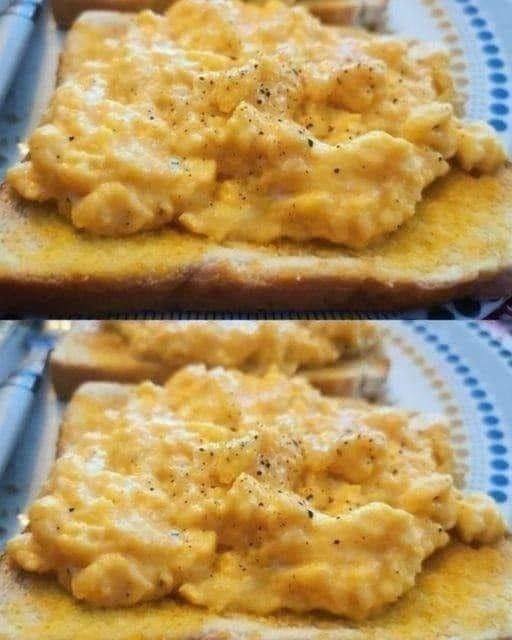Milia (singular: milium) are tiny, keratin-filled cysts that form just under the surface of the skin. They look like little white or yellowish bumps and are usually not painful or inflamed .
They commonly appear:
- Around the eyes
- On the nose
- On the cheeks
- On the forehead
Milia are most common in infants , but they also affect adults , especially those with oily skin, sun damage, or who use heavy skincare products.
Why Do Milia Form?
Milia develop when keratin — a protein naturally found in skin — becomes trapped beneath the surface. Unlike acne, which involves oil glands and pores, milia are not related to clogged pores or excess sebum .
Common causes include:
- Use of thick creams or oils that block pores
- Skin damage from sun exposure, burns, or rashes
- Aging — as skin renewal slows, dead skin cells can build up
- Genetics — some people are simply more prone to developing milia
Milia vs. Whiteheads: What’s the Difference?
It’s easy to confuse milia with whiteheads , but there are key differences:
If you're unsure whether it's milia or something else, a gentle touch test can help — milia feel harder and smoother than whiteheads.
Safe & Natural Ways to Treat Milia at Home
While milia are harmless and often disappear on their own, many people want to remove them for cosmetic reasons. Fortunately, there are several gentle, natural methods you can try at home.
1. Exfoliate Gently with a Facial Scrub
Regular exfoliation helps remove dead skin cells and may encourage milia to come to the surface.
Use a fine-grain facial scrub containing ingredients like:
- Jojoba beads
- Rice powder
- Lactic acid
- Salicylic acid (for mild acne-prone skin)
Avoid coarse scrubs or over-exfoliating, which can irritate the skin.
2. Try a Warm Compress
Applying a warm, damp washcloth to the affected area for 5–10 minutes daily may help open pores and soften the skin, encouraging milia to release naturally.
3. Use Non-Comedogenic Skincare Products
Switch to lightweight, non-comedogenic moisturizers and sunscreens that won’t clog pores or worsen milia.
Look for labels that say:
- Oil-free
- Non-comedogenic
- Lightweight gel-based formulas
4. Apply Retinoid Creams (Low Strength)
Over-the-counter retinoids like adapalene (Differin) can help increase cell turnover and prevent keratin buildup.
Start with a low concentration and apply every other night to avoid irritation.
5. DIY Honey and Cinnamon Mask
This natural mask gently exfoliates and soothes the skin.
Recipe:
- 1 tbsp raw honey
- ½ tsp cinnamon
Mix well and apply to clean skin. Leave on for 10–15 minutes, then rinse.
6. Use Castor Oil (Sparingly)
Castor oil has emollient properties and may help draw out impurities.
Apply a small amount to the affected area using a cotton swab. Rinse after 10 minutes.
⚠️ Note: Castor oil is very thick and can be comedogenic for some skin types — patch test first.
When to See a Dermatologist
If your milia persist for weeks or months despite home care, or if you have large clusters, it may be time to seek professional help.
A dermatologist can safely remove milia by:
- Lancing and extracting – using a sterile needle to open the bump and remove the contents.
- Cryotherapy – freezing the bump to remove it.
- Laser treatment – used for stubborn or widespread milia.
These procedures are quick, relatively painless, and highly effective.
Frequently Asked Questions (FAQs)
Q: Can I pop milia at home?
A: Not recommended. Squeezing can cause inflammation, scarring, or infection.
Q: Will milia go away on their own?
A: Often yes — especially in babies. In adults, it may take weeks or months.
Q: Does sunscreen cause milia?
A: Heavy or greasy sunscreens can contribute, especially around the eyes. Choose a lightweight, mineral-based SPF .
Q: Is steaming good for milia?
A: Mild facial steaming may help open pores and loosen trapped keratin.
Q: Can makeup cause milia?
A: Yes — especially heavy foundations and silicone-based primers. Always opt for non-comedogenic formulas.
Final Thoughts
Those tiny white bumps might be frustrating, but milia are completely normal and treatable . With the right approach — gentle exfoliation, proper skincare, and patience — you can reduce or even eliminate them without harsh treatments.
Remember, your skin is constantly renewing itself. Give your routine a few weeks to work, and avoid picking or squeezing the bumps.
If you’re still struggling after consistent care, consider visiting a dermatologist for safe and effective removal.
You’ve got this — and now you know exactly how to handle those pesky milia.







